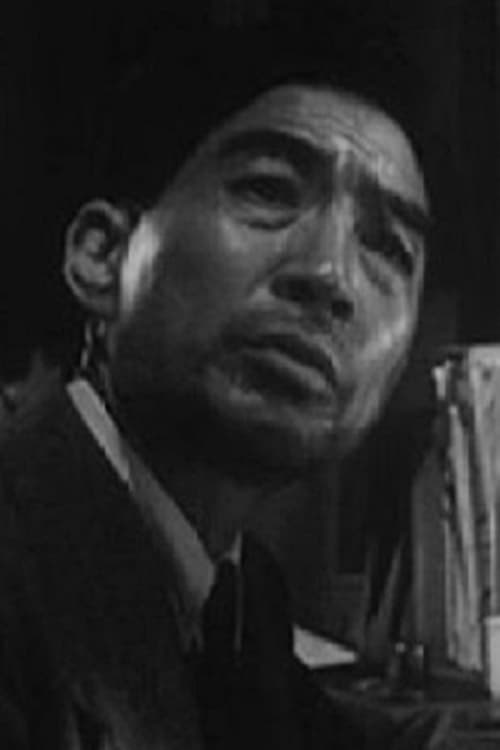Keiji Sakakida
出生 : 1900-01-15, Japan
略歴
Sakakida debuted in film in 1921, and appeared in a number pre-war films with various studios, including Nikkatsu, Takamatsu-Azuma, Empire Kinema, and Makino Talkie, before finally landing at PCL in 1937, which would later become Toho.
After the war, Sakakida appeared in numerous supporting roles for Toho, predominantly sci-fi, beginning with the original Godzilla in 1954. He played the mayor of the island town attacked by Godzilla in the first half of the film. One of his last appearances was in Terror of Mechagodzilla (1975), in a still shot of a group of scientists restraining Akihiko Hirata’s character.
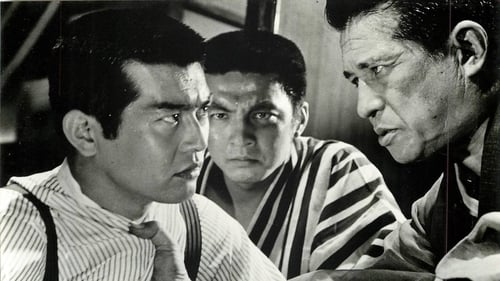
Tai Kato’s early 20th century set yakuza epic about an ordinary merchant girl (Hiroko Maki) who crosses paths with an assassin (Tetsuya Watari). The encounter sends her to jail as a suspected accomplice. Years later she marries a yakuza boss, whose gang is affiliated with working class people.

1864. Samurai Shinbei is sent in a secret mission to Ezo, in the North of Japan, to stop riots of villagers commanded by Jirozaemon. A Russian count's daughter, the village leader's daughter and a secret treasure add up to the adventure.

Sanzo
Farmer Abare Goemon is confronted by brigand-like samurai. He raises an army of farmers to fight them and does so brilliantly. When Lord Asakura sees the success Goemon has achieved, he attempts to recruit him to fight in a conflict between Asakura and another clan. Goemon refuses, and Lord Asakura sets out to destroy him.
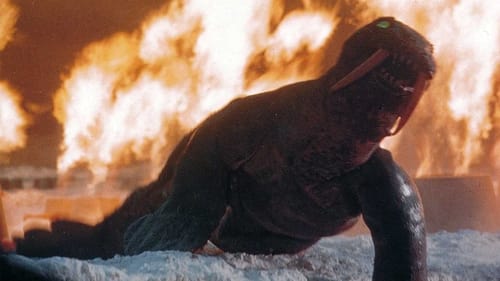
Government Personnel
地球の6千倍もの質量を持つ恒星が発見された。土星探査船・隼によって、その恒星・ゴラスの軌道は地球を目指していることが判明する。地球上の爆発物ではゴラスを粉砕出来ないことを知った国連は、地球その物をロケットに変え、公転軌道上からの離脱を決意する。各国の科学技術者は総力を結集、南極に巨大なロケット噴射口を建造するが……。

(uncredited)
“東宝変身人間シリーズ”第3作。 生体実験の犠牲で、身体をガス化できる特殊能力を持ってしまった男と、彼の愛する美しい女、春日流家元・藤千代との悲恋を描いたSFスリラー。強盗殺人を捜査する岡本警部補たちは、容疑者として日本舞踊の家元・藤千代に目を付けた。だが、彼女は無実であると主張する男が現れる。彼・水野こそ、自在に身体を気体化できる能力を以て、強盗を働いていた真犯人だった。
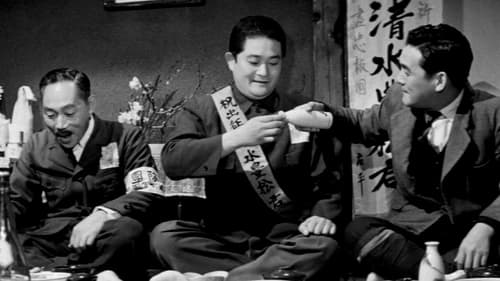
On a post-war peaceful day in Japan, Toyomatsu Shimizu, a barber as well as a good father and husband, is suddenly arrested by the Prefectural Police as a war criminal and sued for murder.
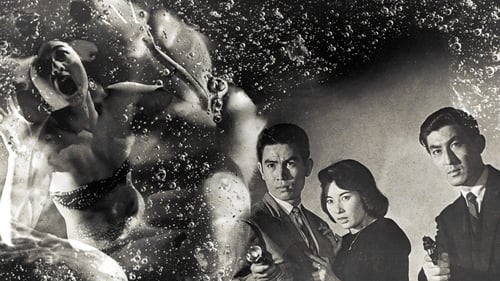
Old policeman - investigation room (uncredited)
Nuclear tests create a radioactive man who can turn people into slime.

Tahei
九州の阿蘇山にある炭坑で、坑道に巣くう巨大なヤゴ・メガヌロンの幼虫による犠牲者が発生した。事件を調査する河村は、その怪物をもしのぐ、巨大な怪鳥の姿を目撃する。その怪鳥・ラドンこそ、各地で相次ぐ災害の元凶だったのだ。その音速を超える飛翔速度はソニックブームを起こし、街はまたたくまに壊滅していく。そして、自衛隊の圧倒的な火力によってラドンを追いつめたかに思われたとき、もう一体のラドンが現れたのだった……。

Watchman (uncredited)
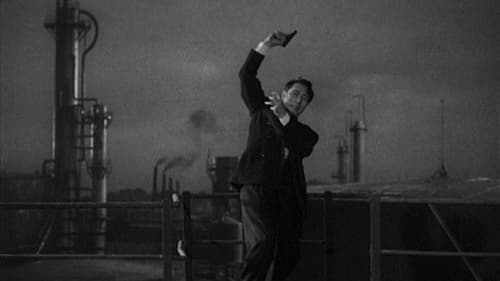
When an invisible man is run down by a car it’s up to an eager young reporter and a strange clown to bring a dangerous gang to justice.
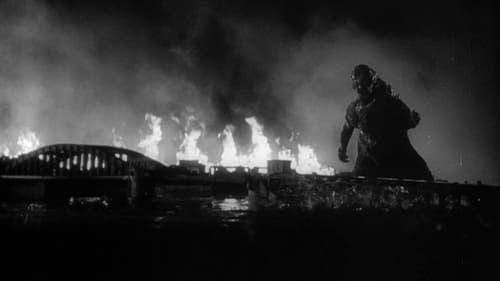
Mayor Inada (uncredited)
原水爆実験の影響で、大戸島の伝説の怪獣ゴジラが復活し、東京に上陸。帝都は蹂躙され廃墟と化した。ゴジラ抹殺の手段はあるのか・・・。戦後の日本映画界に特撮怪獣映画というジャンルを築いた、記念すべきゴジラ映画第1作。核の恐怖を描いた、本多猪四郎の真摯な本編ドラマと、円谷英二のリアリズム溢れる特撮演出が絶妙のコンビネーションを見せ、「ゴジラ」の名を一躍世界に轟かせた傑作。
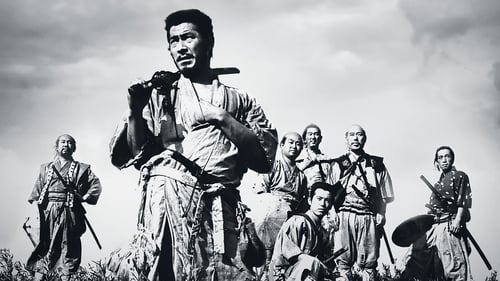
Gosaku
麦の刈入れが終わる頃。とある農村では野武士たちの襲来を前に恐怖におののいていた。百姓だけで闘っても勝ち目はないが、麦を盗られれば飢え死にしてしまう。百姓たちは野盗から村を守るため侍を雇うことを決断する。やがて、百姓たちは食べるのもままならない浪人たち7人を見つけ出し、彼らとともに野武士に対抗すべく立ち上がる……。
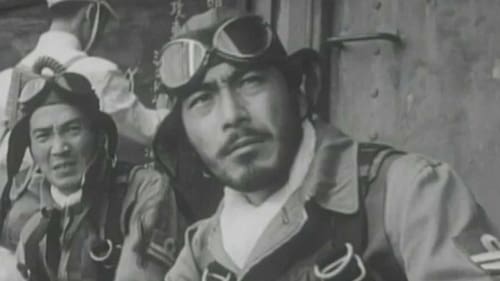
Admiral Isoroku Yamamoto, a brilliant tactician, is a loyal subject of the emperor, despite his grave misgivings about leading Japan's navy into war with the United States. He opposes the attack on Pearl Harbor, but, overruled, he leads his forces to the best of his ability.
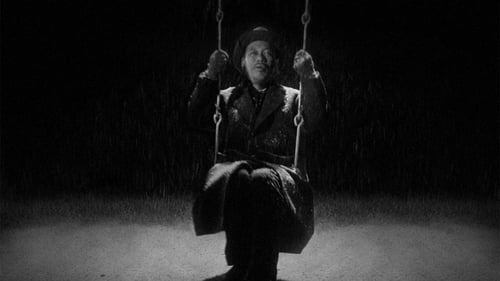
Land Readjustment Section Receptionist (uncredited)
市役所の市民課長・渡辺勘治は30年間無欠勤のまじめな男。ある日、渡辺は自分が胃癌であることを知る。命が残り少ないと悟ったとき、渡辺はこれまでの事なかれ主義的生き方に疑問を抱く。そして、初めて真剣に申請書類に目を通す。そこで彼の目に留まったのが市民から出されていた下水溜まりの埋め立てと小公園建設に関する陳情書だった……。
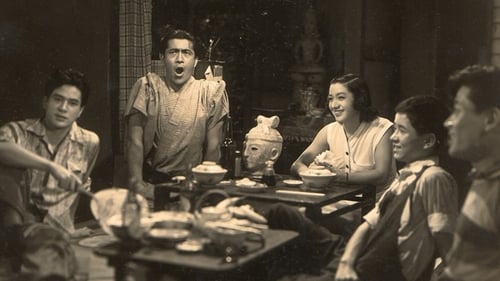
Following the Second World War, the lives of various people in a poverty-stricken area of Tokyo are entertwined. Pachinko parlor girls, shoeshine boys, a maker of costume jewelry, and a streetcorner artist all struggle to make their livings and to find happiness in difficult surroundings.

Saburo and Keiko fall in love with each other but the tide of war separates them.

A sixteen-year-old who had been living on her own since her mother died, frequently gets in trouble with the police. She gets sent to an "institute" for young girls in the countryside. There the residents grow their own food, cook and clean for themselves, and are taught language, music, and sewing. While there the young girl slowly begins to form friendships and come out of her shell.
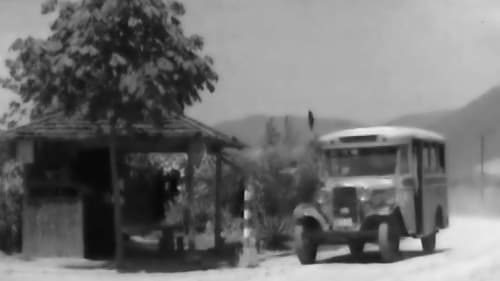
Bus customer
Okoma, a witty young woman working as a conductor in an old, rickety bus in Kōfu, Yamanashi (rural Japan), has a creative idea that could avert the dwindling number of passengers when her job and the bus company itself are at stake.

Japanese war-era film

Farmer
This film depicts a troupe of wandering kabuki players traveling through rural Japan.

Song of the White Orchid was a co-production of Toho and Mantetsu, the railway that served the colonial region of Manchuria, and the first film in the Kazuo Hasegawa/Shirley Yamaguchi (Ri Koran) “Continental Trilogy.” Handsome Hasegawa (representing Japan) runs up against an impertinent Yamaguchi (representing the continent); not surprisingly, in the course of the film the woman comes around and realizes the benevolent intentions of the Japanese. In Song of the White Orchid Yamaguchi leaves Hasegawa, who plays an expatriate working for the railway, because of a misunderstanding. She joins a communist guerilla group plotting to blow up the Manchurian railway. Learning of the subterfuge that led to the misunderstanding, she renews her faith in Hasegawa—and by extension Japan—and tries to undermine the plot.

This film attempts to reconstruct the tension of the Battle of Shanghai through an episode in an understated way, introducting its story in a documentary mode. In the film story, Japan's marine regiment protects Japanese residents and Chinese refugees-women and young children-from rampant street fighting, Shanhai Rikusentai unsparingly uses its first eight minutes for an official-mannered self-justification of the war. From the viewpoint of explaining Japan's military operation,the narration refers to the city s spatial division in sync with maps on screen.

Ticket Clerk
An episodic film about life in and around a rural police station and the people it serves.

Japanese adaptation of LES MISERABLES. The last film of director Itami took inspiration from Les Miserables. Transpiring during the Southwestern War of 1877 in Japan, which was the last civil war in the country, a criminal escapes prison only to be found by a monk. The criminal decides to turn a new leaf based on their conversation and goes on to become a town's mayor. He hears news of a mistaken arrest and identity. The revelation of truth is the start of a series of miseries.

Ino tries to control Mon’s every move, but she becomes a fallen woman, having an affair with a student, Obata whereas her sister San remains a “good girl.” The mother is very supportive of her daughters, but, the father, Akaza, who is the stonecutter foreman on the damn, lacks control of his family.

Father, son Kentaro and daughter Ochiyo, who live on the banks of the Sumida River, regain their love for each other after family discord and separation. The film is considered lost.
